GraphIA

GraphIA is a powerful open-source visual analytics application designed to help users interpret large and complex datasets. It allows users to create and visualize graphs from tables of numeric data, as well as analyze data that is already in the form of a graph. One of the standout features of GraphIA is that it can be used directly in a web browser without requiring any downloads.
Benefits
GraphIA offers a range of benefits that make it a valuable tool for data analysis:
- User-Friendly Interface: GraphIA is designed to be intuitive and easy to use, requiring no programming skills. Its graphical user interface makes powerful analytical algorithms and searches just a click away.
- Powerful Visualization: By visualizing data in an interactive and intuitive manner, GraphIA helps users tackle complex problems that would otherwise be difficult to solve. It combines computational algorithms with a visualization interface that leverages human cognitive abilities for deeper understanding and better communication of data.
- Scalability: GraphIA is optimized for speed and performance, allowing users to work with large and complex datasets without long wait times.
- Pattern Finding: GraphIA excels at identifying patterns and trends in complex data. It combines fast dynamic visualizations of data structure with cluster analysis and the ability to explore underlying data associated with observed clusters.
Use Cases
GraphIA is versatile and can be applied to a variety of fields and data types:
- Biological Sciences: Analyzing protein interaction data, transcriptomics, single cell analyses, proteomics, metabolomics, multiparameter flow cytometry, genotyping data, and medical imaging data.
- Agritech: Analyzing data related to the performance of animals, crops, farms, and more.
- Fintech: Analyzing numerical data relating to changing variables over time, such as share prices, or categorical data relating to the attributes of commercial entities.
- Social Media: Visualizing network connections between individuals and companies.
- Text Mining: Analyzing count matrices of words found across many documents.
- Questionnaire Data: Analyzing answers to questions that are categorical (yes/no) or continuous (1-10).
Additional Information
GraphIA is developed by a small team based in Edinburgh, UK, and Philadelphia, USA. The team is passionate about graphs, the power of visualization, and creating tools that aid the interpretation of complex data. Their journey began 20 years ago, focusing on how graphs could help analyze the relationships between genes and proteins. Over time, they developed multiple tools and refined their approach, leading to the creation of GraphIA, which they believe is the best option for interactively visualizing large graphs.
GraphIA does not track user analyses or retain any data loaded into it, ensuring user privacy. The team welcomes feedback, suggestions, and bug reports through their GitHub page or via email at [email protected]. They also express gratitude to those who have helped develop GraphIA.
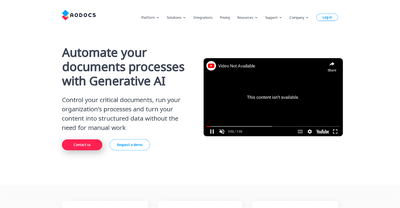
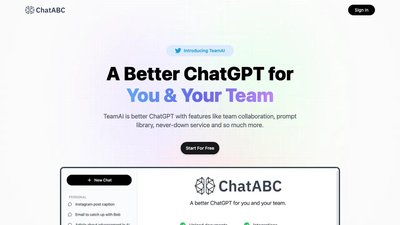
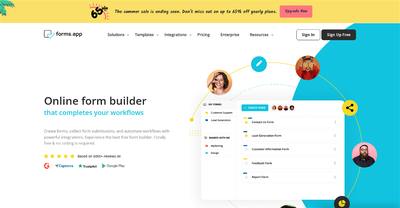
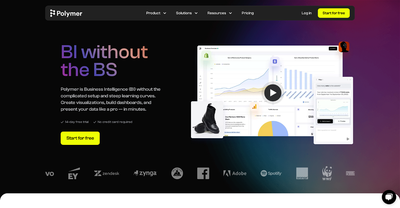
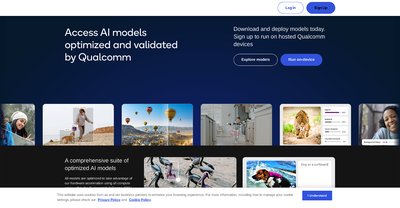
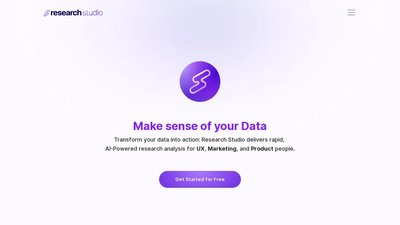
Comments
Please log in to post a comment.